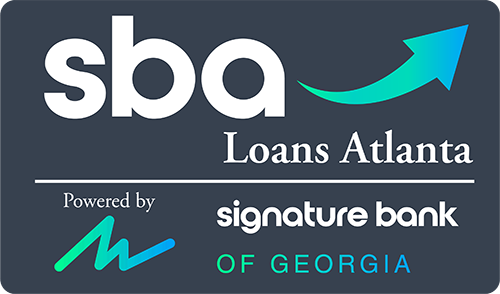More than 200 million — and growing — Americans use digital banking services. Not only has this trend accelerated, there are new emerging technologies that will convince you to try e-banking if you haven’t before.
The pandemic kicked off an even greater shift towards online banking. Although e-banking skews towards younger users, many people 60 and over tried it out because of the pandemic.
Digital banking has a few cons but plenty of pros. Let’s take a look at why you should make the switch if you haven’t already, and five incredible new banking technologies trends to watch.
What is Digital Banking?
E-banking, short for electronic banking, is the availability of traditional banking services but online. Things like transferring money between accounts, depositing a check, or paying a bill can be processed completely online.
There are typically two ways to access these features: through online services or through a mobile app. Both should be secure and easy to use, typically using passwords or bio data, such as using your face to unlock a phone.
What are the benefits to digital banking? Let’s look at the pros and cons that online banking offers.
Benefits of E-Banking
Online banking has plenty of pros, although there are a few drawbacks to consider. With the new technologies we will discuss in this article, you’ll see how it’s the safe and secure future of banking.
Online bank services are available 24/7. There’s no need to work around a brick-and-mortar store’s hours or suffer when you forget they’re closed on a government holiday.
Being available all the time isn’t its only convenient feature. Things like mobile check uploading make cashing a check fast and easy.
Financial institutions are already very security-minded so you know they will beef up security on their online services. Many times you can choose to add on extra protection, like multi-factor authentication, to ensure you’re safe.
Transfers are almost always instant, including person-to-person payments in some instances. Online banking has made tracking your finances easier than ever.
As for a few drawbacks, there are times when you’d like to speak to someone about a certain issue. Banks offer excellent customer help services or even chat bots that make sorting out any problems quick and convenient.
Online banking is still growing and evolving. Here are five new technologies that are poised to change the way we use digital banking.
1. Blockchain Banking
With interest in cryptocurrency gaining steam, you’ve no doubt heard of blockchain technology. Blockchain banking is disrupting the industry already, but what exactly is it?
Blockchains are data sets, or blocks, linked together through cryptography in chronological order. These data sets are shared between users.
The blockchain is decentralized, meaning it can’t be altered by either of the users. This takes out the need for a third party to authenticate transactions.
What this means for the industry is that transactions can be quickly authenticated and stored safely. The transfer of digital currency can flow faster and safer with blockchain technology.
2. Quantum Computing
To boil it down to its most basic idea, quantum computing allows computers to perform calculations simultaneously. What this means for banking is that it will allow faster and more accurate calculations plus insight into investment strategies.
Quantum computing can help with risk management and credit modeling. Solving problems and managing risks can happen in minutes or hours instead of days or even years.
3. Digital Lending
While not as glamorous as some of the newer, flashier technologies, digital lending plays an important role in banking’s future. It just makes sense to allow loans to go exclusively online.
Making lending easier will allow people to realize their dreams, like home renovation or building a business, and get things moving faster. Online loans are a win-win for both banks and their customers.
4. Artificial Intelligence
AI is an important customer service tool that banks are starting to use to automate and streamline helping their users. AI is mostly cropping up in the digital banking world in the form of chat bots.
Chat bots work through text or, in the case of some of the most sophisticated ones, through the phone. It feels like you’re talking to a live person but it’s actually an artificial intelligence program.
The AI’s algorithm guides users through certain prompts to help discover their problem and find a resolution just as quickly. This saves the bank personnel costs and often leads to fast solutions for customers.
However, as we mentioned before, every good online bank should have staff on standby for when you really need that human touch. The best banks have them available 24/7, just like their AI services.
5. P2P Payments
Person-to-person payments, or P2P payments, could be difficult or clunky in the past. Sometimes, you would have to transfer money from your bank to another app in order to send it to someone who didn’t use your bank.
That’s changing with new technologies that allows users to send money quickly to someone outside of their network. Banks are joining programs that allow them to link up with each other and with other popular payment services, like PayPal.
What this means is faster money transfers and better customer service for those who are starting their own business. This popular payment service is necessary and vital to growing small businesses.
New Banking Technologies and More
Technology grows quickly and financial institutions need to learn how to adapt. These technologies are only a few examples of the big changes that are coming down the road in the future.
Does your bank offer you everything you need to manage your money? Are they keeping you safe while making banking with them easy and convenient?
If the answer is no, don’t worry — we’re here for you. Open a bank account with us today and discover how great online banking can be.


